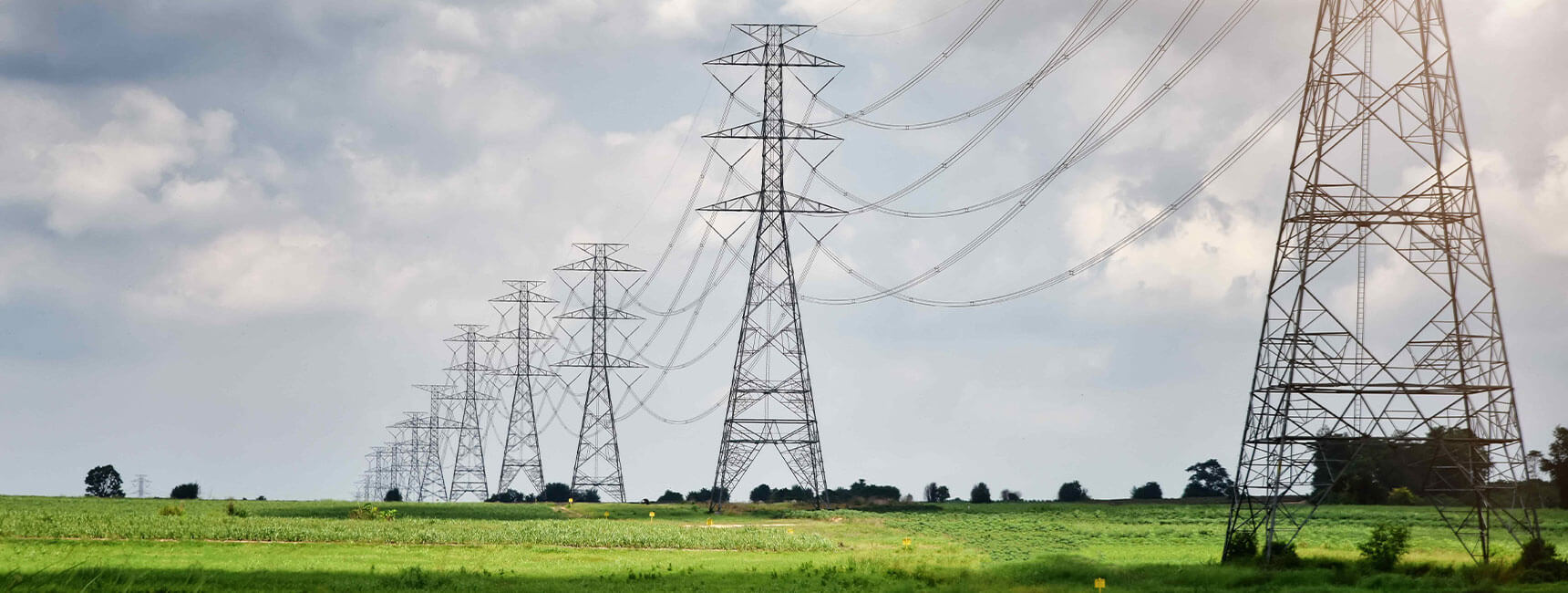The meeting commenced with an antitrust admonition from Robert Golen, stressing compliance. Robert Golen then provided miscellaneous updates relevant to the RPG proceedings. The meeting proceeded with an update on the Eastside 345/138-kV Switching Station Project, a tier one project aimed at addressing thermal overloads on auto transformers and transmission lines. Options considered included capacitor banks and transmission line upgrades, with Option 1, involving an Eastside switching station addition, selected as the preferred solution due to feasibility and cost. Further evaluation is scheduled with a final recommendation anticipated in early Q3 2024.
The Omicron Reliability Project, a tier two initiative costing $42.5 million, was discussed next, focusing on resolving thermal and voltage violations linked to new customer loads on a 138 kV substation. Options such as new transmission lines and capacitor banks were considered, with ongoing shortlisting of options and planned evaluations for maintenance outages and load serving capabilities, aiming for a final recommendation in early Q3 2024.
Moving to the Temple Area Project, a tier one effort with a $120.7 million budget, aimed at addressing thermal violations due to load growth in the Temple area. Preliminary analysis identified viable options for further evaluation, pending stakeholder feedback on cost estimates and feasibility assessments, with final recommendations expected in quarter three.
The Canton Area Loop Project, a tier two endeavor costing $22.6 million, planned for completion by October 2026, aims to provide loop service meeting reliability criteria. Options evaluated included various loop service configurations, with further studies slated to finalize recommendations by Q3.
In the Brownsville Area Improvements Transmission Project Overview, driven by a 650 MW load near the Brownsville port, focus was on resolving 138 kV system overloads. The recommended solution involves a 345 kV loop, including upgrades like new lines, auto transformers, and a STATCOM. Detailed analysis indicated necessity and cost-effectiveness, with considerations for infrastructure investment alignment and uncertainties in load location.
An overview of the ERCOT Independent Review Scope for the Brownsville Area Improvements Transmission Project highlighted its $388 million budget to address thermal overloads and voltage violations, including transmission line constructions and installations, with updates on regional transmission planning and contingency considerations.
The ERCOT Independent Review Scope for the Rand Area Loop Project, a tier two project costing $32.2 million, focused on providing loop service to radial loads. It includes construction of new infrastructure and upgrades, with a final recommendation expected in Q3 2024.
The ERCOT Status Update on the Permian Basin Reliability Plan Study provided insights into local transmission upgrades, load forecasts, and import pass considerations to meet projected demands. Stakeholder feedback and scenario evaluations are ongoing, with comprehensive study results expected by July.
The 2024 LTSA High Load Growth and Environmental Regulations Scenario Preliminary Capacity Expansion Results highlighted long-term electric reliability needs considering economic outlooks and environmental regulations. Capacity expansion scenarios were compared, emphasizing impacts on generation mix and environmental compliance, with discussions on modeling approaches and regulatory implications, and a focus on transmission needs for future demands.
The 2024 Grid Reliability and Resiliency Assessment Scope, mandated to address extreme weather scenarios and reliability criteria for transmission projects, includes collaboration with NERC standards and considerations for regional resilience improvements. Plans to integrate findings from the Argonne hurricane impact study were discussed, with updates expected in subsequent RPG meetings.
Lastly, the ERCOT Extra-High Voltage Infrastructure Introduction explored 500 kV and 765 kV options for long-range power transfers and market redesign implications. Stakeholder queries on infrastructure needs, market impacts, and feasibility studies for future implementation were discussed, highlighting ongoing efforts to enhance grid reliability and capacity across various regions while integrating stakeholder feedback and strategic planning effectively.



